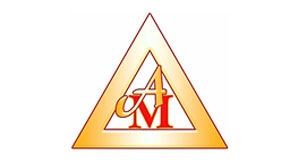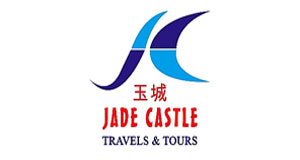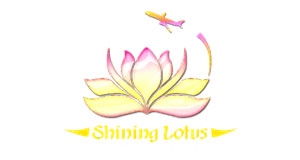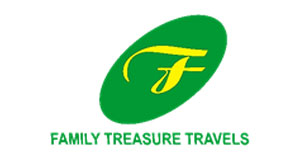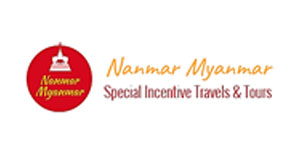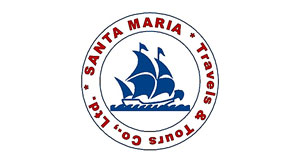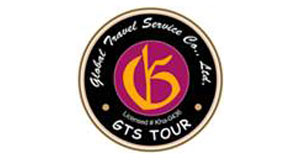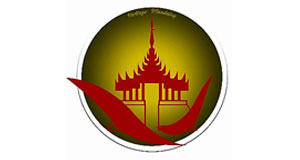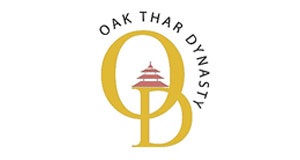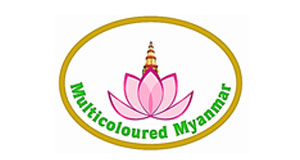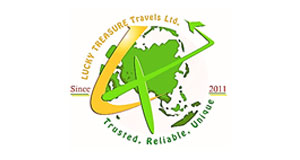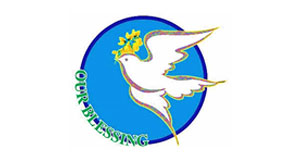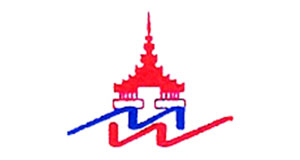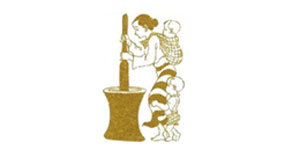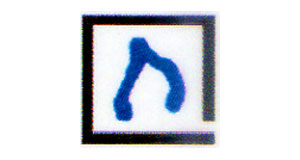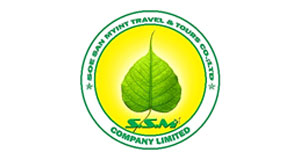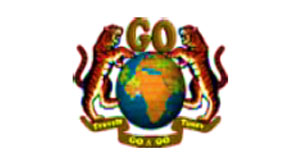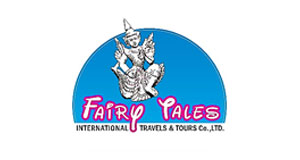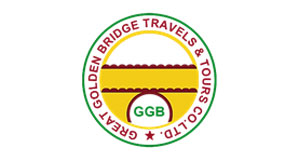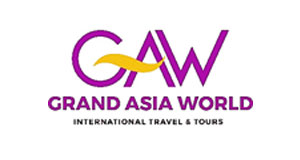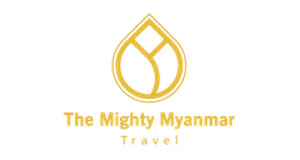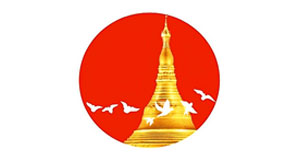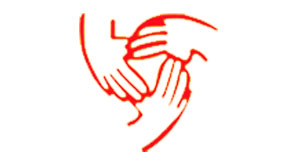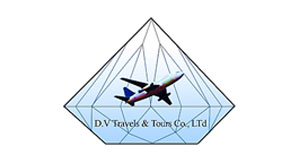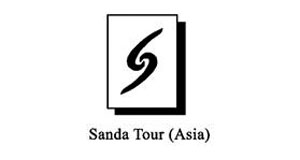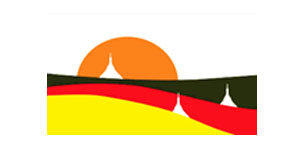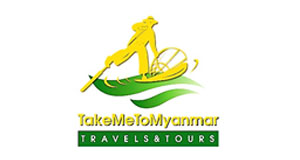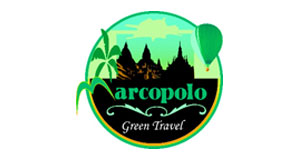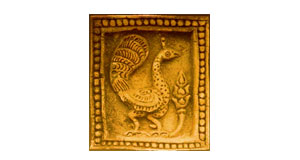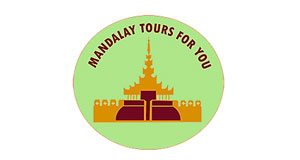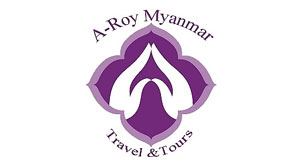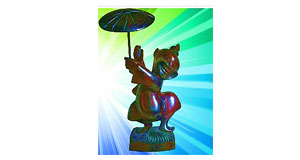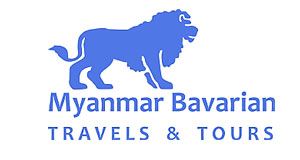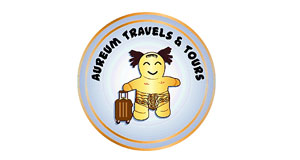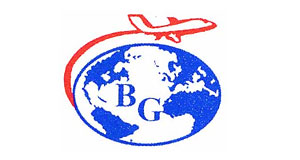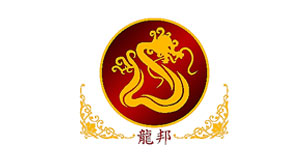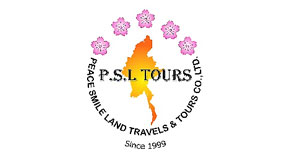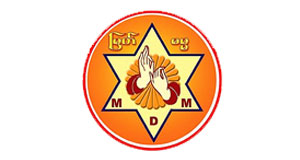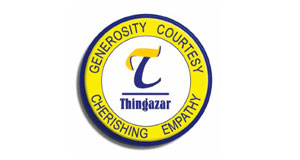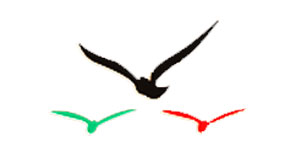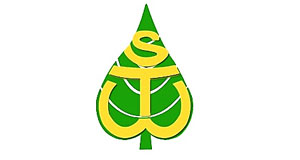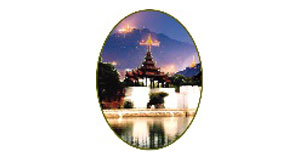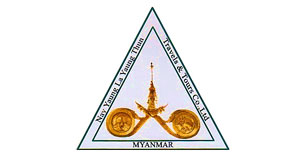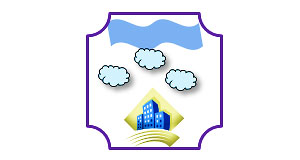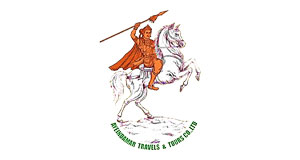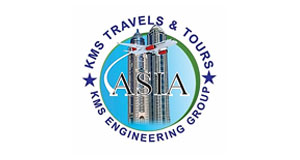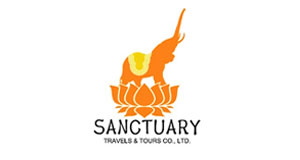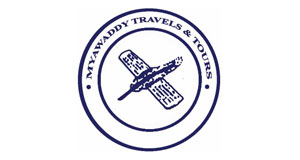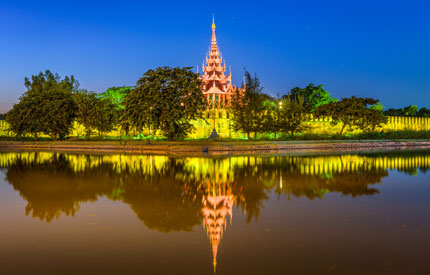 Mandalay, the capital of Myanmar Last Kingdom and of Myanmar Kings, is situated in Central Myanmar 668 km north of Yangon. It was founded by King Mindon in 1857 and remained to be the official seat of Myanmar Kings until it was occupied by the British in 1885 and designated Yangon as capital. It is the largest city after Yangon and is both a bustling commercial center and a repository of rich cultural heritage. With the remains of the old Royal City and many old monasteries, Mandalay is a showcase for Myanmar art and architecture of the 19th century. It is also noted for woodcarvings, silverware, tapestries, silk, and other products of traditional handicraft. It has links to all parts of the country by rail, road, river and air.
Mandalay, the capital of Myanmar Last Kingdom and of Myanmar Kings, is situated in Central Myanmar 668 km north of Yangon. It was founded by King Mindon in 1857 and remained to be the official seat of Myanmar Kings until it was occupied by the British in 1885 and designated Yangon as capital. It is the largest city after Yangon and is both a bustling commercial center and a repository of rich cultural heritage. With the remains of the old Royal City and many old monasteries, Mandalay is a showcase for Myanmar art and architecture of the 19th century. It is also noted for woodcarvings, silverware, tapestries, silk, and other products of traditional handicraft. It has links to all parts of the country by rail, road, river and air.
How to get there
It takes about one hour and thirty minutes by air from Yangon. There are daily fights from Yangon and Bagan to Mandalay during the tourist season from October to May. The new Mandalay International Airport has been opened and operated since November 2000, with direct flights of some regional airlines. Express trains are running from Yangon to Mandalay, which take about 14 hours. The government and private express coaches also run everyday along Yangon-Mandalay highway, which is over 700 km long, and overland travelers are advised to break the journey at Taungoo (280 km) or at Meiktila (540 km), where there are hotels for overnight stay. Visitors are advised to check with Tourist Information Services for flight / train / express coaches schedules.
What to see
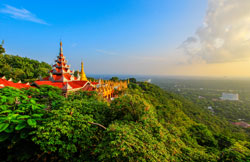 Mandalay Hill
Mandalay Hill
The natural landmark of Mandalay, the hill has for long been a holy mount and legend has it that the Buddha on His visit had made a prophecy that a great city would be founded at its foot. Mandalay Hill, 230 meters in elevation, commands a magnificent view of the city and surrounding countryside. At present, the construction of motor-car road to reach hill-top is completed so that a drive-up access can be made easily.
Mandalay Palace
The whole magnificent palace complex was destroyed by fire during the World War II. However, the finely built palace walls, the city gates with their crowning wooden pavilions and the surrounding moat still present an impressive scene of the Mandalay Palace. A number of palace buildings namely "Mya-nan-san-kyaw Shwenandaw", the model of the Mandalay Palace, Nanmyint-saung have been rebuilt to their original structure. Cultural Museum and Pyi-gyi-mon Floating Restaurant in the moat are also located inside the palace grounds.
Shwenandaw Monastery
Famous for its intricate wood-carvings, this monastery is a fragile reminder of the old Mandalay Palace. It was originally built inside the Mandalay Palace but it was moved to the present site by King Thibaw in 1880.
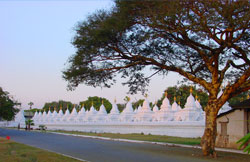 Kuthodaw Pagoda
Kuthodaw Pagoda
Built by King Mindon in 1857, modeling on the Shwe Zigon at Nyaung U, this pagoda is surrounded by 729 upright stone slabs on which are inscribed the entire Buddhist Scriptures as edited and approved by the 5th Buddhist Synod. It is popularly known as "the Worlds Biggest Book" for its stone scriptures.
Atumashi Kyaung
The "Atumashi Kyaung" (meaning the Incomparable Monastery) is also one of the worth-seeing places. Built by King Mindon in 1878, it was partially destroyed by fire in 1890. It was indeed an inimitable one in its heyday. The reconstruction work on the monastery has been done by the government in 1996.
Kyauktawgyi Pagoda
Near the southern approach to Mandalay Hill stands the Kyauktawgyi Pagoda of the Buddha Image that was built by King Mindon in 1865. The Image was carved out of a huge single block of marble and sculpted. It was hauled to its position by nearly 12,000 men and took 13 days to transport the marble. The statues of 80 Arahants (the Great Disciples of the Buddha) are around the Image, 20 on each direction.
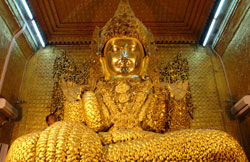 Maha Muni pagoda
Maha Muni pagoda
Revered as the holiest pagoda in Mandalay, this pagoda enshrines the famous Maha Muni Buddha image, which is said to have been cast in the life-time of and in the very presence of the Buddha. Consequently, devout Buddhists hold it to be alive and refer to it as the Maha Muni Sacred Living Image. The Image in sitting posture is 12 feet and 7 inches (3.8 meters) high. It was brought to Mandalay from Rakhine State during the reign of King Bodawpaya in 1784. The early morning ritual of washing the Face of the Buddha Image draws a large crowd of devotees everyday. And the image is also considered as the greatest, next to Shwedagon Pagoda, in Myanmar. A visit to Mandalay would be incomplete without a visit to Maha Muni Pagoda.
Arts and Crafts
For lovers of arts and crafts, Mandalay represents the largest repository of Myanmar arts and crafts. It is here that visitors can observe skilled craftsmen making beautiful articles of tapestry, ivory, wood, marble and stone carving and engravings, silverware and bronze statues according to the time-honored traditions of their forefathers. Besides those, the other arts and crafts workshops of silk-weaving and gold-leaf making are also places worthy of visiting.
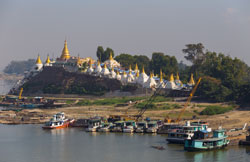 Sagaing
Sagaing
Sagaing lies 21 km southwest of Mandalay on the opposite bank of the Ayeyarwaddy River. The Sagaing Hills are noted as a religious retreat and has over 400 cloisters for monks and nuns. About 10 km from Sagaing is the Kaunghmudaw, an enormous dome-shaped pagoda built by King Thalun in 1636, on the model of the Mahaceti Pagoda of Sri Lanka. The Sagaing (Ava) Bridge built in 1934 links Mandalay and Sagaing across the Ayeyarwaddy River. It was bombed by the British to stop the advancing Japanese Army during Second World War. At the nearby village of Ywataung, you can see silversmiths making silverware by traditional methods.
Amarapura
Situated about 11 km south of Mandalay, Amarapura is one of the capitals of the third Myanmar Empire. A 1,208-metre long wooden bridge built totally with teak planks two centuries ago by Alderman U Pein, is the longest wooden bridge in Myanmar. It spans Taungthaman Lake, situated near Amarapura, with its farther end at Kyauktawgyi Pagoda. Bagaya Monastery and silk-weaving industries there are places of interest to visit.
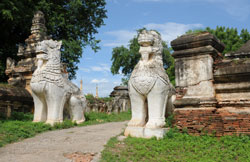 In-wa (Ava)
In-wa (Ava)
In-wa, founded in 1364 by King Thado Minbya, is another ancient capital, and for a time, Myanmar was known as In-wa to early travelers. It is noted for the Maha Aungmye Bonzan Monastery and Mae Nu Oak Kyaung, which are the fine examples of Myanmar masonry, art and architecture.
Mingun
Located about 11 km upriver from Mandalay, on the west bank of the Ayeyawaddy River, Mingun has a gigantic unfinished pagoda, 50 meters high, overlooking the river, and the 90-ton Mingun Bell, the largest ringing bell in the world cast in 1170 by King Bodawpaya. A 45-minute boat trip to Mingun is very pleasant with plenty of life on the river to see.
Monywa
About 136 km to the west of Mandalay lies Monywa, the commercial center of the Chindwin Valley or northwestern Myanmar. Places of interest include Thanbokde Pagoda, with over 500,000 Buddha images; Bodhi-ta-taung (one thousand Bo trees): Ledi Kyaungtaik, a teaching monastery where Buddhist scriptures are inscribed on 806 stone slabs: and Kyaukka Village, known for its own distinctive style of lacquerware.
Pyin-Oo-Lwin (Maymyo)
The principal hill station and summer retreat of the colonial period, Pyin-Oo-Lwin is 67 km away from Mandalay. It is over 1,000 meters above the sea level and thus has a pleasantly cool weather all the year round. It was founded by Myanmar official Maung Dwe in 1851 and later named as May Myo by British Colonel May in 1896. The 142-hecter well laid-out Botanical Garden, scenic Pwe-kauk Waterfalls, Chinese Temple in addition to British built colonial buildings are places worth visiting. Nearby are Peik-chin-hmyaung Cave and Gokteik Rail Bridge.








